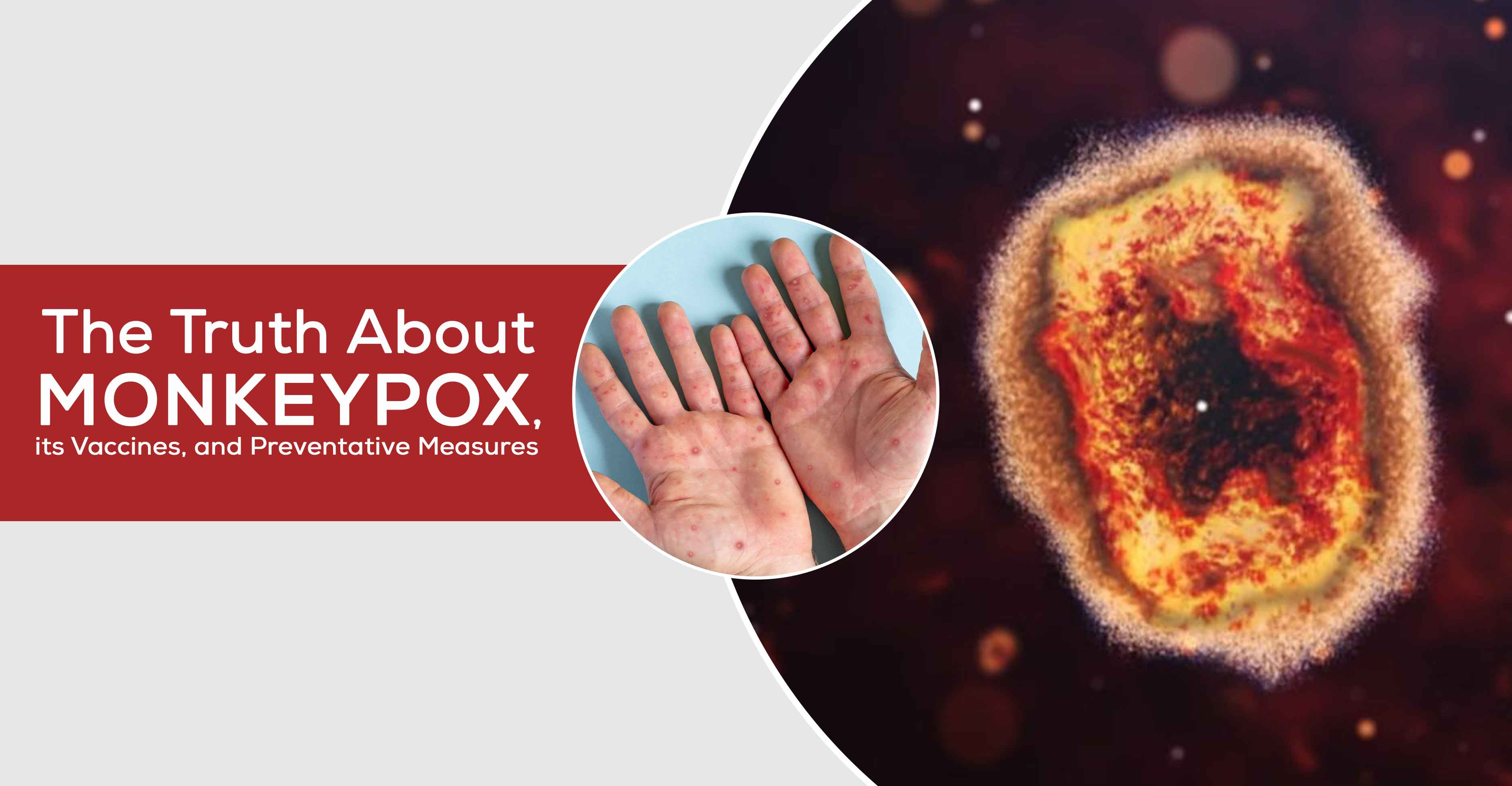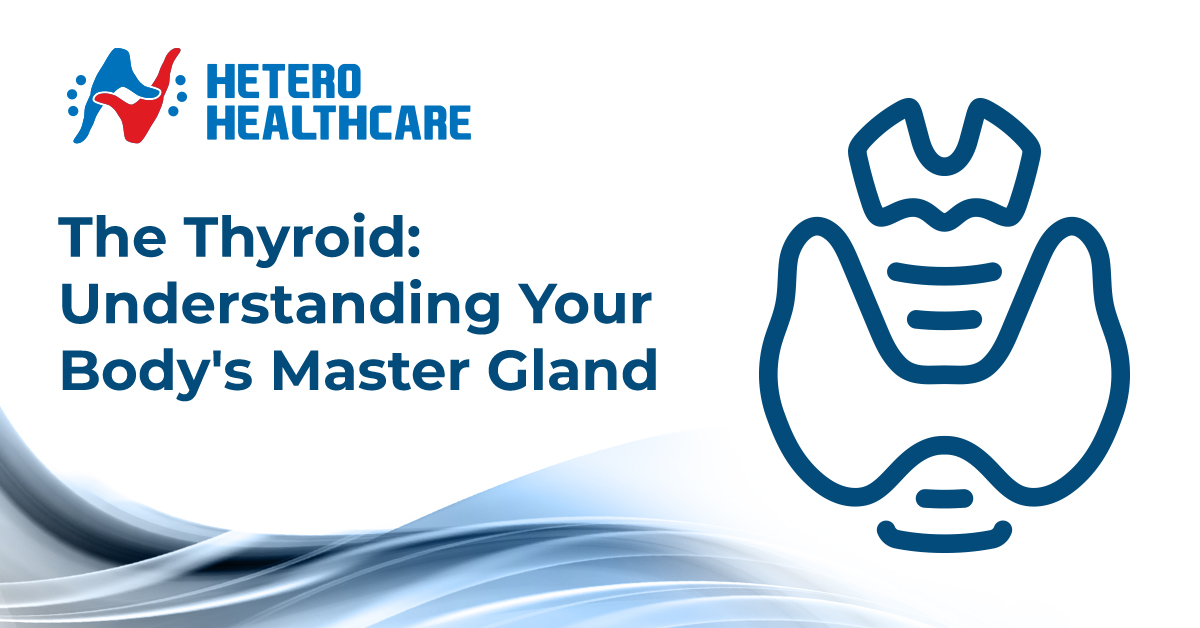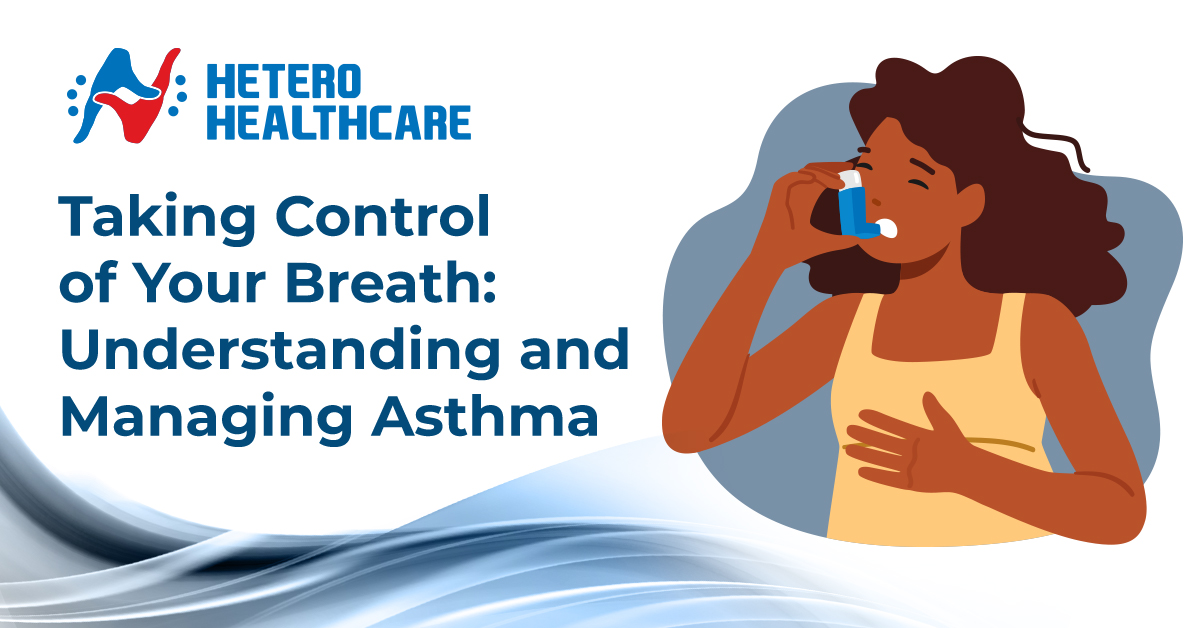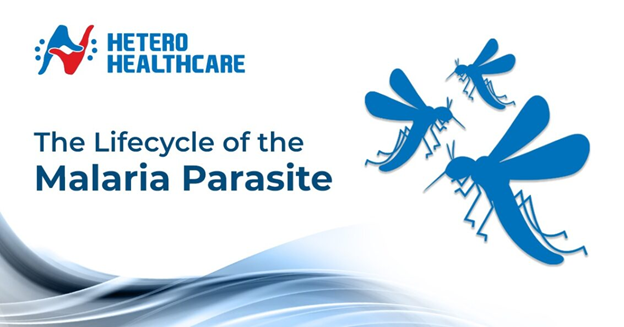Hetero Healthcare
28 Jul 2022

After Corona, Monkeypox is terrorizing worldwide now! Recently WHO announced 1400 cases across 70 countries, and the situation is deemed to be an emergency.
NO?
Here you go. This entire article will brief you on everything you need to know about Monkeypox.
Monkeypox belongs to the Orthopox genus of the Poxviridae family. It is a double-stranded DNA virus that belongs to the same family as the vaccinia (VACV) and variola (VARV) viruses.
Monkeypox is similar to smallpox and has similar symptoms. It is a contagious disease that gets transmitted from animals to human beings. In adults, it is less severe. However, it can be fatal in the case of children in rare cases.
The current outbreak is composed of two distinct virus lineages, B.1 and A.2. B.1 emerged from a single individual traveling from Nigeria to Maryland in 2021, while A.2 was probably introduced independently.
The most recent study found that 95% of monkeypox cases were transmitted sexually, with single genital lesions among new clinical signs.
There are a few signs and symptoms of monkeypox that include:
Rashes undergo different stages before they heal completely. It usually lasts 2-4 weeks. There may be a rash at first, followed by other symptoms. Some people only experience a rash.
That's right! It does have preventive measures and they are
Yes! There are two vaccines licensed by the U.S. Food and Drug Administration (FDA) that are designed to prevent monkeypox infection - JYNNEOS (also called Imvamune or Imvanex) and ACAM2000.
People are considered fully vaccinated about two weeks after receiving the second JYNNEOS shot and four weeks after receiving the ACAM2000 shot.
Although people who have been vaccinated are protected from infection, it is still important to avoid skin-to-skin contact, including intimate contact, with someone who has monkeypox.
For people at risk of severe adverse events from ACAM2000 or severe disease from monkeypox (such as people with HIV or other immune compromising conditions), JYNNEOS should be given first (such as those who have HIV or other immune compromising conditions).
Monkeypox is on high alert worldwide as the global figures continue to rise, WHO recommends that public health officials should coordinate with public health and travel operators to contact passengers and others who may have had contact with an infectious person while traveling to and fro from other locations.
Public places should have information about monkeypox symptoms and signs, as well as precautionary measures for preventing its spread should be available at points of entry, as well as how to pursue medical treatment at the place of destination if needed.
It is imperative that swift action is taken before the monkeypox virus establishes itself as an efficient person-to-person transmission pathogen in previously affected areas, as well as newly affected areas.
Therefore, it is crucial for us to be vibrant, follow all the precautionary measures, observe the changes in our body and seek medical help immediately if we observe any above-mentioned symptoms to stay away from this affliction called Monkeypox.
References
Hetero Healthcare

Hetero Healthcare27 May 2024
The Thyroid: Understanding Your Body's Master Gland
The thyroid gland, a small butterfly-shaped gland located at the base of your neck, plays a critical role in regulating your metabolism.

Hetero Healthcare25 May 2024
Taking Control of Your Breath: Understanding and Managing Asthma
Asthma can feel like a constant battle for air, leaving you breathless and wheezing. But with knowledge and the right approach, you can take control of your asthma and live a full, active life.

Hetero Healthcare30 Apr 2024
A Comprehensive Guide to Malaria
Malaria, a mosquito-borne infectious disease, continues to pose a significant threat to global health. At Hetero Healthcare, we are committed to raising awareness about this preventable illness and empowering individuals with knowledge to protect themselves. This comprehensive blog delves into the causes, symptoms, and effective prevention strategies for malaria.

Hetero Healthcare30 Apr 2024
A Guide to Parkinsons Disease for Patients and Caregivers
At Hetero Healthcare, we understand the profound impact Parkinson's disease (PD) can have on individuals and their loved ones.